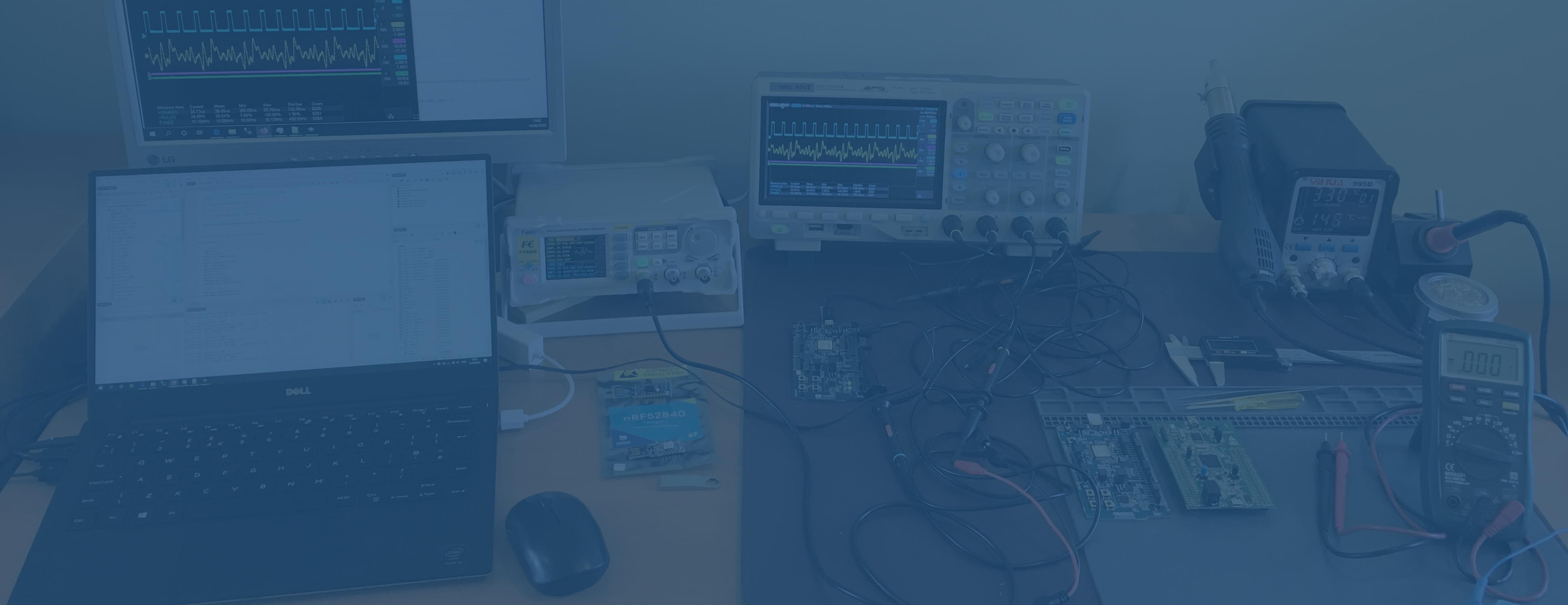My All-Digital Instruments Electronics Lab
I've been building up this set of equipment on my bench at home over the last few months, with some older kit reused. It's the minimum needed to do embedded development and I don't even have a bench power supply yet. I can get away without one since the dev kits are USB powered, but when I need one I have my eye on the Gophert NPS-1601 From top left to bottom right 1280 x 1024 @ 60 Hz VGA and DVI inputs, USB hub with 2 downstream USB-A. Was £360 in 2003. 13" 1920 x 1080 @ 60 Hz matte non-touch display Intel i5-5200 CPU @ 2.20GHz (Broadwell-U, 14nm, 2 cores, 4 threads) 8 GB DDR3 RAM, 256 GB SSD Liteon L8H-256V2G-11M.2 Intel HD Graphics 5500 Windows 10 Home USB3 Type A x2, Mini Display Port, 3.5mm phones/mic, SD Card slot Liteon disk results in AS SSD Benchmark 1.7 Read: Seq @ 514 MB/s, 4k @ 22 MB/s, Acc Time 0.12ms Write: Seq @ 225 MB/s, 4k @ 57 MB/s, Acc Time 0.08ms Review Reference Guide Full HD 1080p on DVI & VGA, 4k on HDMI Buy (Amazon) was £17 in 2021. Buy (Amazon) was £8 in 2016. 14…
Continue reading...